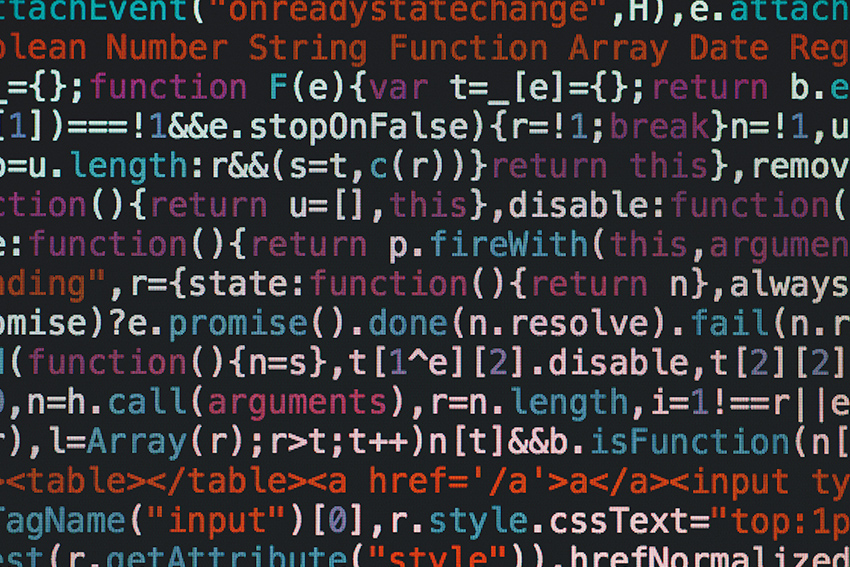Let’s Not Repeat UX History
The need for user-centered design has been a constant in the tech industry, going back to the application of human factors in developing telephone systems at Bell Labs in the ‘40s. However, the need for UX hasn’t always matched its role in the industry.
Looking back, especially at the last 30 or so years of software development, there’s a pattern of engineering leading the way, bad software being developed, then UX coming in to improve the process.
Now, as AI-powered applications continue to weave their way into our daily lives, the pattern is repeating. Engineers are leading the way in building these systems, with designers on the sidelines watching what happens, waiting to be called in. A quick look back at the history of the tech industry and UX will show how we got to where we are now, and where we are likely to go.

Jumping back to the dawn of the home PC, in the ‘80s-early ‘90s, software engineers were making everything. The technology was cool, it was groundbreaking, but the design was often lacking. Companies could try to justify that design was secondary because look what this thing can do, but as systems got more complex, the costs of bad design became more apparent.
The need for UX hasn’t always matched its role in the industry.
Moving into the ‘90s and ‘00s, the web starts taking off and a business case emerges for UX. Companies needed to create good experiences to keep people on their sites or to buy their products or to otherwise stand out among the entire internet.
In 2003, the iPod was released and showed how good UX can be a differentiator. It was far from the first MP3 player, but Apple came in, took over the space, and positioned itself as a dominant player in the industry ever since. People started talking about UX, thinking about users, needs, and behaviors, establishing principles of design, and software has gotten better and better.

The work that’s been done in design over the last 20 years continues, but companies are pushing AI into the mainstream without consideration of design. The costs of bad design are quickly becoming apparent.
Amazon was recently under fire after reports of sexism in their artificial intelligence hiring tool, while Uber’s received heavy critiques on its algorithms misleading its drivers towards false bonuses. While the impacts of getting things wrong from the start are difficult to predict, they will likely not be easy to remedy.
The work that’s been done in design over the last 20 years continues, but companies are pushing AI into the mainstream without consideration of design.
Now is the time for designers to take the lead in advocating for a human-centered approach to developing AI-based systems. One good place to start is in leveraging the work done over the last 20 years in defining principles of design and frameworks for evaluation, and evolving them to address the concerns of AI-based systems.
By offering this perspective, designers and engineers can co-create the next generation of technology, each playing an important role in ensuring that AI lives up to its promise.